Introduction
Vinegar-pickled radish, a tangy, crunchy delight, has graced tables across continents for centuries. This humble dish, rooted in tradition yet adaptable to modern palates, bridges cultures and cuisines. From the vibrant streets of Seoul to the cozy kitchens of Europe, this pickled treat offers a burst of flavor and texture that elevates meals. Whether served as a refreshing side dish, a zesty garnish, or a standalone snack, vinegar-pickled radish embodies the magic of preservation—turning a simple vegetable into a culinary masterpiece. In this comprehensive guide, we’ll explore the history, science, and artistry behind crafting the perfect jar of vinegar-pickled radish.
The Humble Radish: A Global Icon
Before diving into the recipe, let’s appreciate the star ingredient: the radish (Raphanus sativus). This root vegetable, available in countless varieties, has been cultivated for over 5,000 years. From the mild, elongated daikon radish (popular in Asian cuisines) to the peppery red globes common in Western markets, each type brings unique characteristics to the pickling process. Radishes are not only low in calories but also rich in vitamin C, fiber, and antioxidants, making them a nutritious base for pickles.
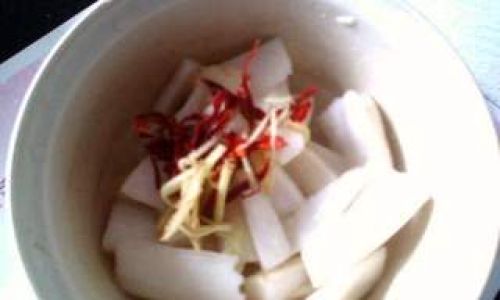
The Science of Pickling: A Delicate Balance
Pickling is more than just preserving food—it’s a dance of acidity, salt, and time. Vinegar, the star of this show, lowers the pH of the brine, creating an environment where harmful bacteria cannot thrive. Meanwhile, salt plays a dual role: it draws moisture from the radish, ensuring crispness, and acts as a natural preservative. The sugar in the recipe isn’t just for sweetness; it balances the vinegar’s tartness, creating a harmonious flavor profile.
Ingredients: Quality Matters
To embark on your pickling journey, gather the following:
- Radishes: 1 pound (450g), fresh and firm. Daikon, red, or watermelon radishes work beautifully.
- Vinegar: 1 cup (240ml). Rice vinegar (mild and sweet), apple cider vinegar (fruity), or white vinegar (sharp) each impart distinct flavors.
- Sugar: 2–3 tablespoons (30–45g), adjust to taste.
- Salt: 1 tablespoon (15g), preferably kosher or sea salt.
- Water: 1 cup (240ml), filtered to avoid cloudiness.
- Optional Add-Ins:
- 1–2 garlic cloves, sliced
- 1-inch ginger, peeled and julienned
- 1–2 red chili peppers, sliced (for heat)
- 1 teaspoon black peppercorns
- 1 bay leaf
Equipment Checklist
- A clean, sterilized glass jar with a tight-fitting lid (1-quart capacity)
- A sharp knife or mandoline slicer
- A small saucepan
- A cutting board
- A weighing scale and measuring cups/spoons
Step-by-Step Preparation
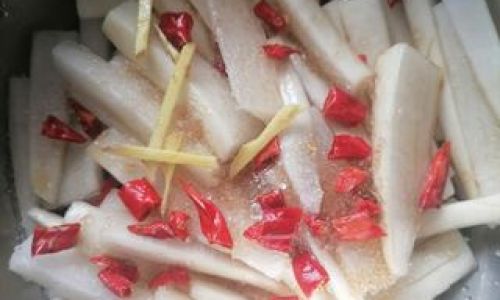
Prepping the Radishes
- Wash and Trim: Rinse the radishes under cool water, scrubbing gently to remove dirt. Trim the roots and tops, leaving a bit of the green stem for visual appeal (optional).
- Slice with Precision: Uniformity is key to even pickling. Use a mandoline slicer for paper-thin rounds (1/16 inch) or a knife for thicker slices (1/8 inch). Thicker slices retain more crunch but require longer pickling times.
- Optional Blanching: For extra crispness, blanch the slices in boiling water for 30 seconds, then shock in ice water. This step is optional but enhances texture.
Crafting the Brine
- Boil the Base: In a small saucepan, combine vinegar, water, sugar, and salt. Bring to a gentle simmer over medium heat, stirring until sugar and salt dissolve. Remove from heat immediately to prevent bitterness.
- Flavor Infusions: Add garlic, ginger, chili, or spices to the hot brine. Let steep for 5 minutes to meld flavors.
Assembling the Jar
- Layer Ingredients: Place radish slices in the jar, alternating with aromatics like chili or ginger for even distribution.
- Pour the Brine: Ensure the radishes are fully submerged. Tap the jar gently to release air bubbles.
- Seal and Cool: Secure the lid and let the jar cool to room temperature before refrigerating.
The Waiting Game: Patience Pays Off
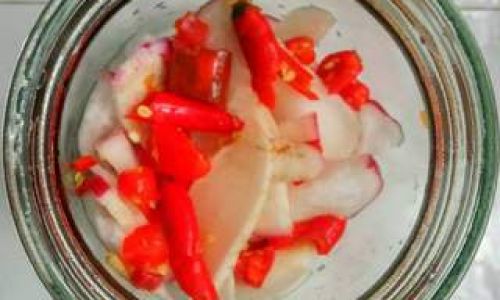
- Fermentation vs. Quick Pickling: This recipe is a “quick pickle,” relying on vinegar rather than fermentation. For best results, wait 24–48 hours before indulging. The flavors will mellow and deepen over time.
- Storage: Refrigerated, vinegar-pickled radishes last up to 4 weeks. Avoid cross-contamination by using clean utensils.
Troubleshooting Common Issues
- Soggy Radishes: Overcooking the brine or using old radishes can cause mushiness. Stick to the recipe’s timing and test radish freshness by snapping a piece—it should resist slightly.
- Too Salty/Sweet: Adjust seasonings in future batches. Remember, flavors intensify as the pickles mature.
- Cloudy Brine: This is harmless and often due to minerals in water. Use filtered water next time.
Flavor Variations: Get Creative!
- Spicy Korean-Style: Add gochugaru (Korean chili flakes) and a splash of soy sauce.
- Sweet and Sour: Increase sugar to 1/4 cup and toss in a cinnamon stick.
- Herb-Infused: Tuck in fresh dill, thyme, or basil sprigs.
- Citrus Zing: Grate lemon or lime zest into the brine.
Serving Suggestions: Beyond the Basics
- As a Side Dish: Pair with grilled meats, rice bowls, or tacos.
- In Salads: Toss with mixed greens, avocado, and toasted seeds.
- As a Condiment: Elevate sandwiches, burgers, or wraps.
- Cocktail Garnish: Thread onto skewers with olives for a tangy martini accompaniment.
Health Benefits: A Nutritional Powerhouse
Beyond its flavor, vinegar-pickled radish offers surprising health perks:
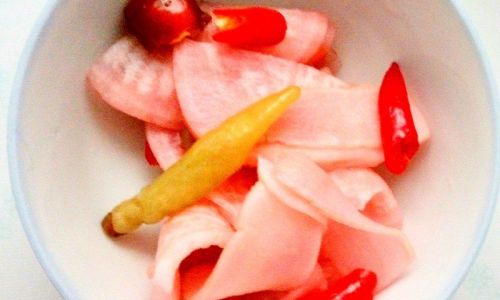
- Probiotics: If fermented (though this recipe uses vinegar), beneficial bacteria aid digestion.
- Low-Calorie: A 1/4-cup serving contains just 10–15 calories.
- Hydration: Radishes are 95% water, aiding in hydration.
- Vitamin C Boost: A single serving provides 14% of your daily needs.
Cultural Significance: A Global Tradition
Pickling radishes is a ritual steeped in tradition:
- Korea: Chonggak-muchim features young radishes pickled with chili and garlic.
- Japan: Takuan sun-dried daikon radish pickles are a breakfast staple.
- Mexico: Rábanos encurtidos accompany tacos and antojitos.
- Eastern Europe: Rzodkiewka pickles are served with hearty stews.
The Art of Presentation
Elevate your pickles with these styling tips:
- Layered Jars: Alternate radish slices with herbs or edible flowers for a visual feast.
- Gift-Worthy: Tie a ribbon around the jar and attach a handwritten recipe card.
- Cocktail Pickles: Use a smaller jar and pair with artisanal spirits.
Sustainability Tip: Repurpose the Brine
Don’t toss the leftover brine! Use it to:
- Marinate chicken or tofu.
- Deglaze pans for sauces.
- Revive wilted greens.
- Make a tangy vinaigrette.
Advanced Techniques: For the Enthusiast
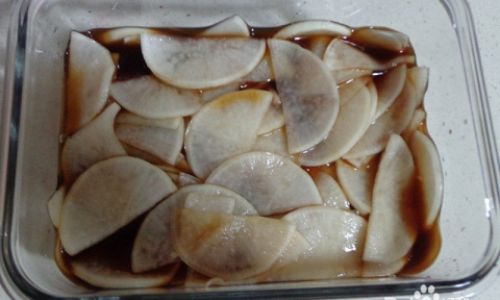
- Fermented Radish Pickles: Omit vinegar and use a saltwater brine (3% salinity). Ferment at room temperature for 5–7 days.
- Spiralized Radishes: Use a spiralizer for “radish noodles” that mimic pasta.
- Dehydrated Radish Chips: Thinly slice, pickle briefly, then bake until crisp.
Conclusion: The Joy of Homemade Pickles
There’s something deeply satisfying about opening a jar of homemade vinegar-pickled radish—the crisp snap, the vibrant color, the symphony of flavors. Whether you’re a seasoned pickler or a curious newcomer, this recipe invites experimentation. Adjust the spices, tweak the sweetness, or invent your own blend. As the brine works its magic, remember that you’re not just preserving a vegetable—you’re crafting a legacy, one crunchy bite at a time.
Final Thought
“Pickling is the alchemy of turning time into taste.” Embrace the process, savor the results, and let your jar of vinegar-pickled radish become a testament to the art of simple, delicious preservation.
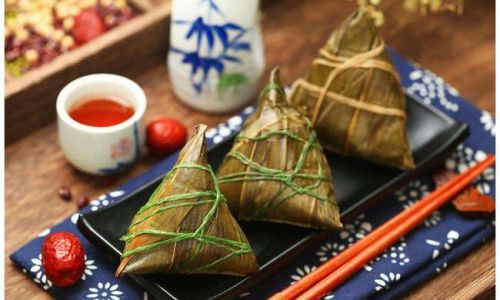

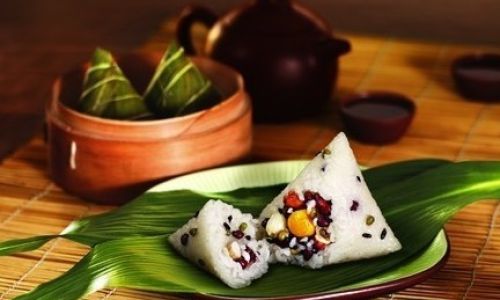
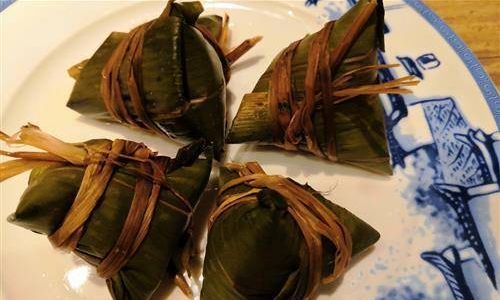
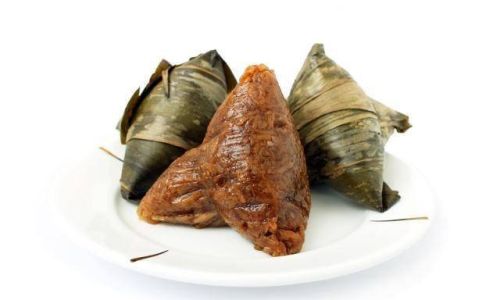
0 comments